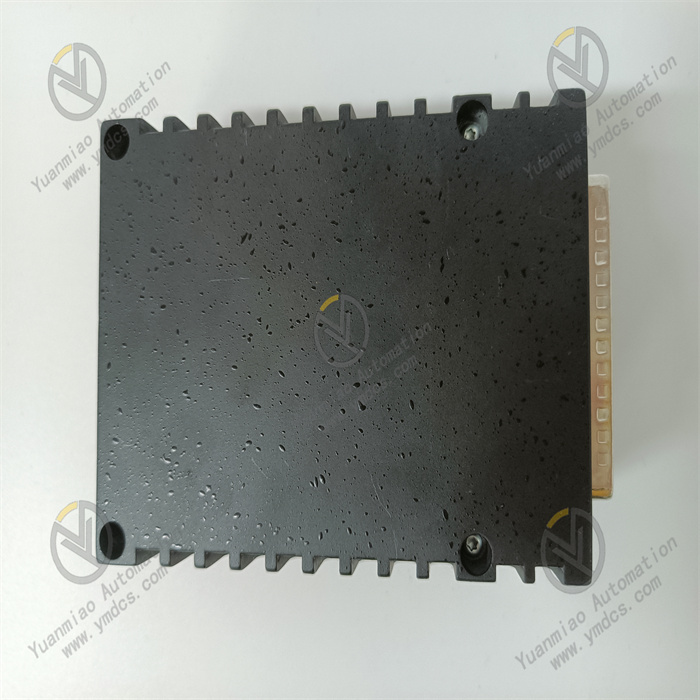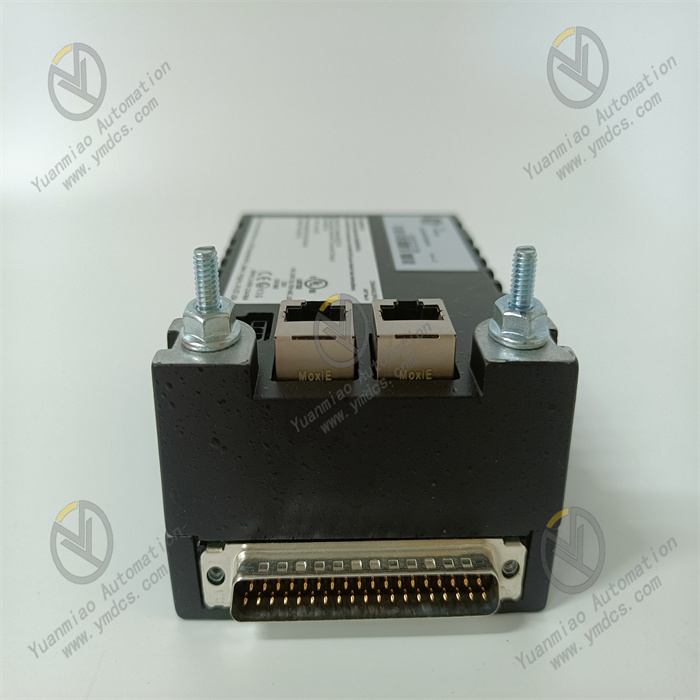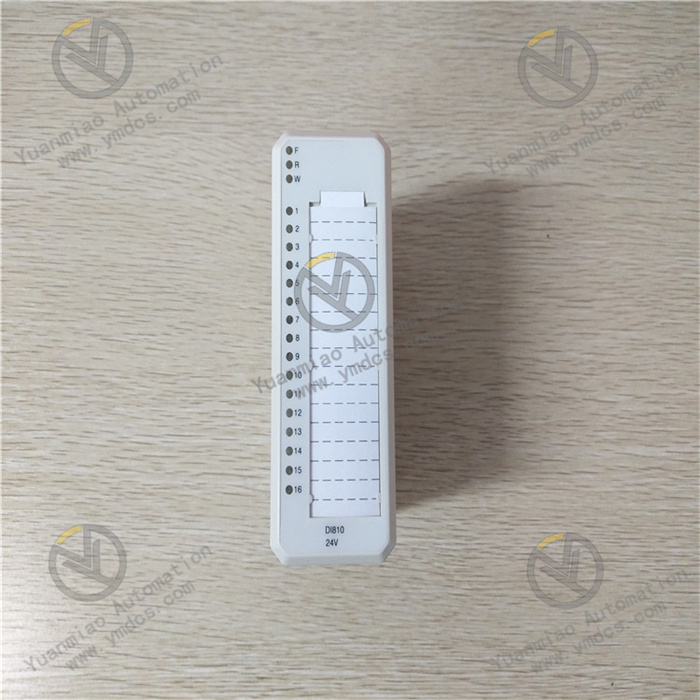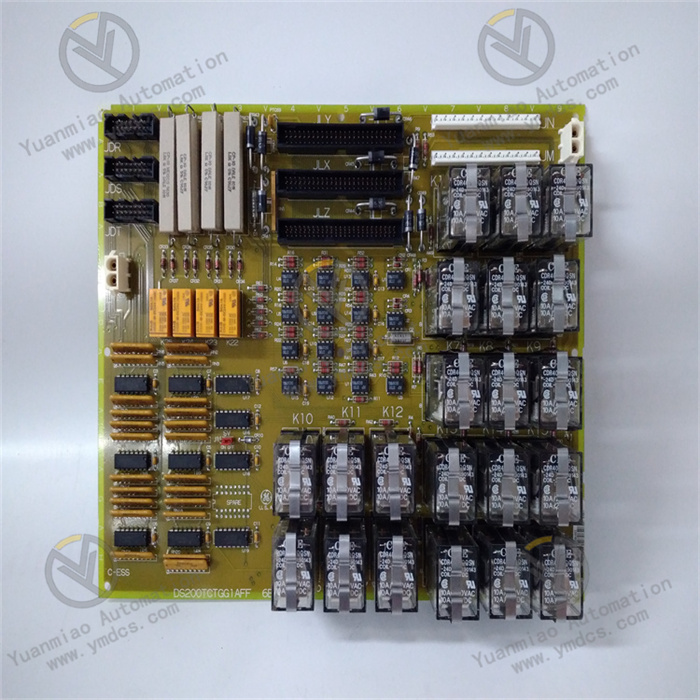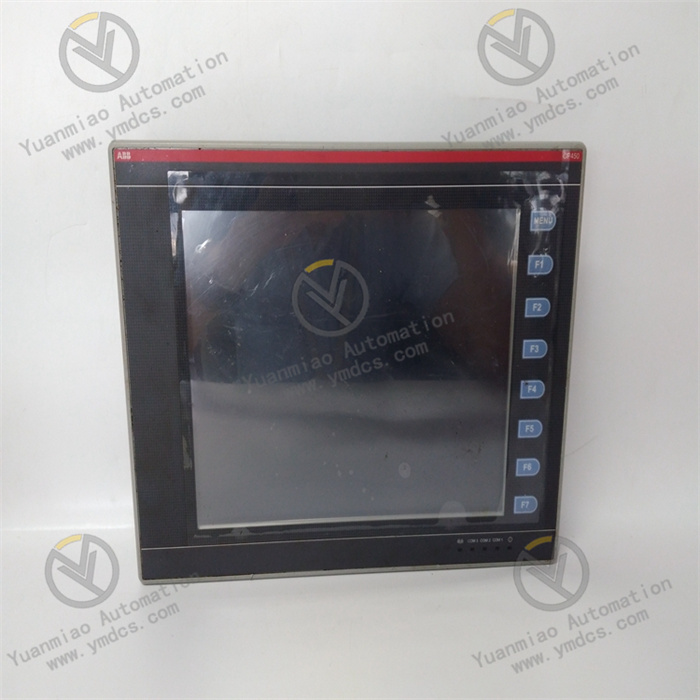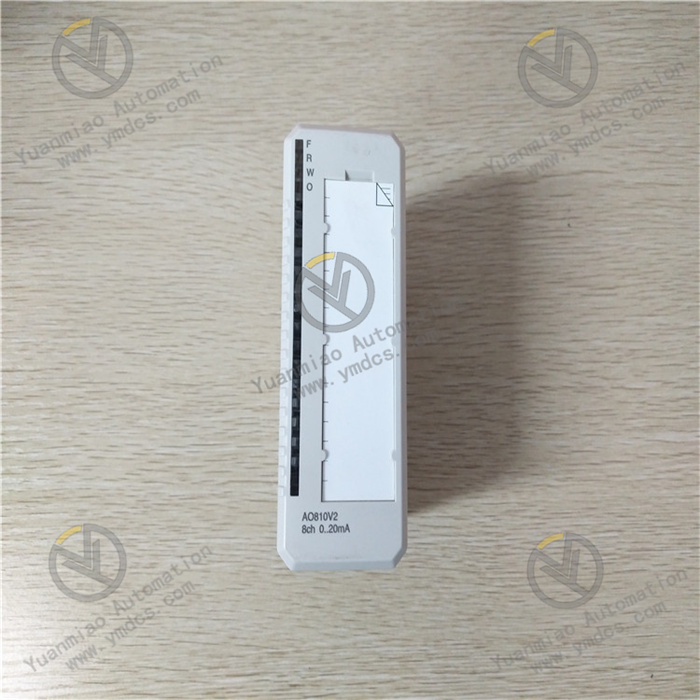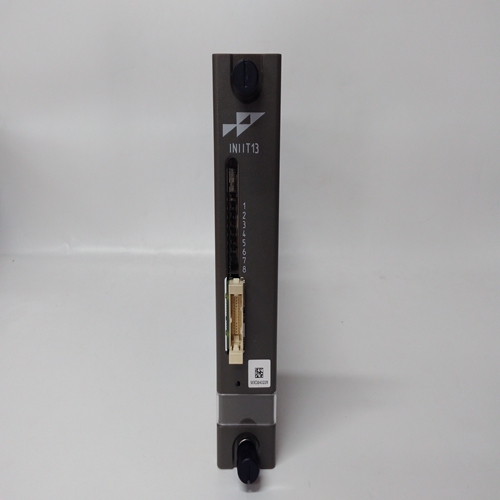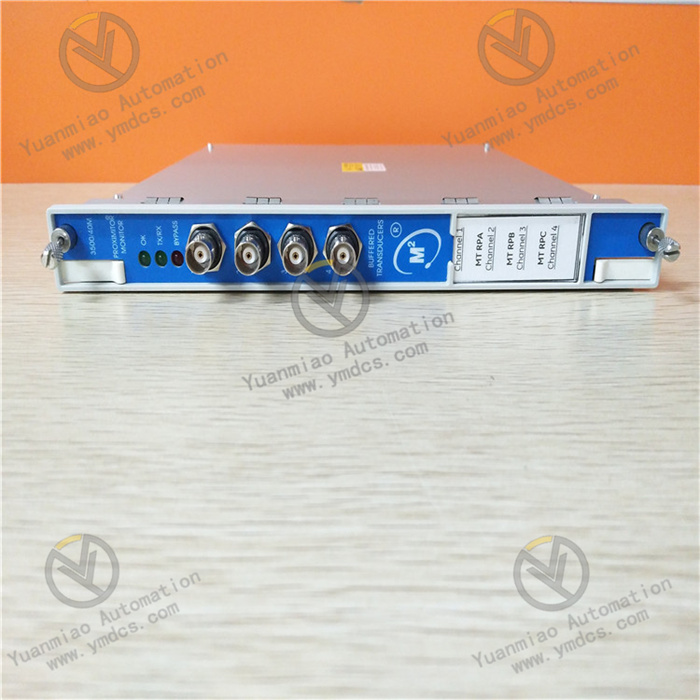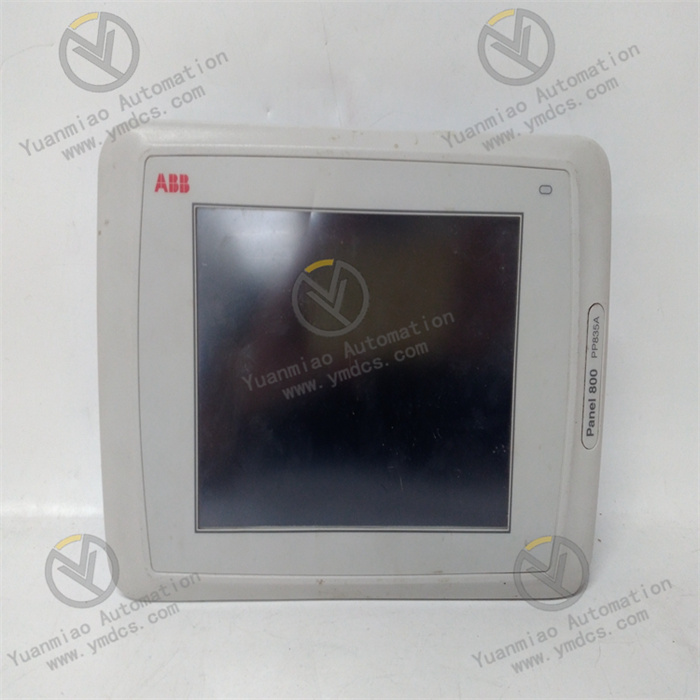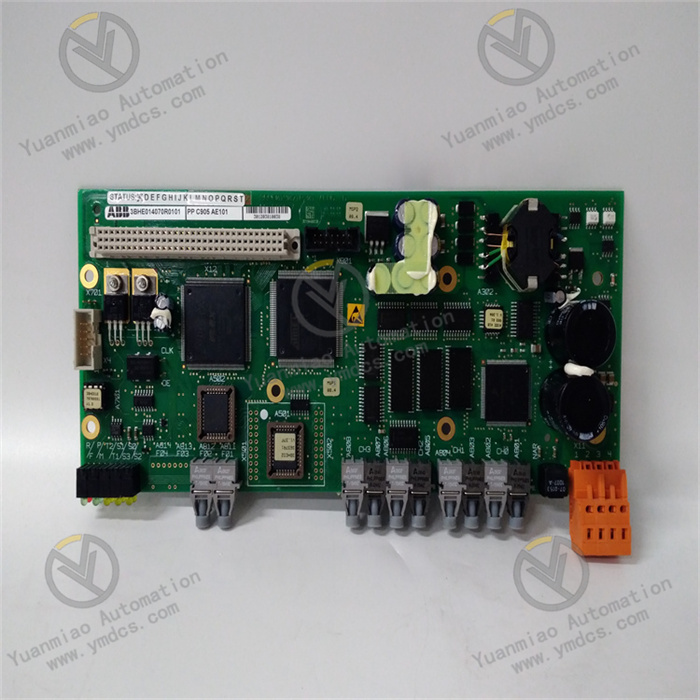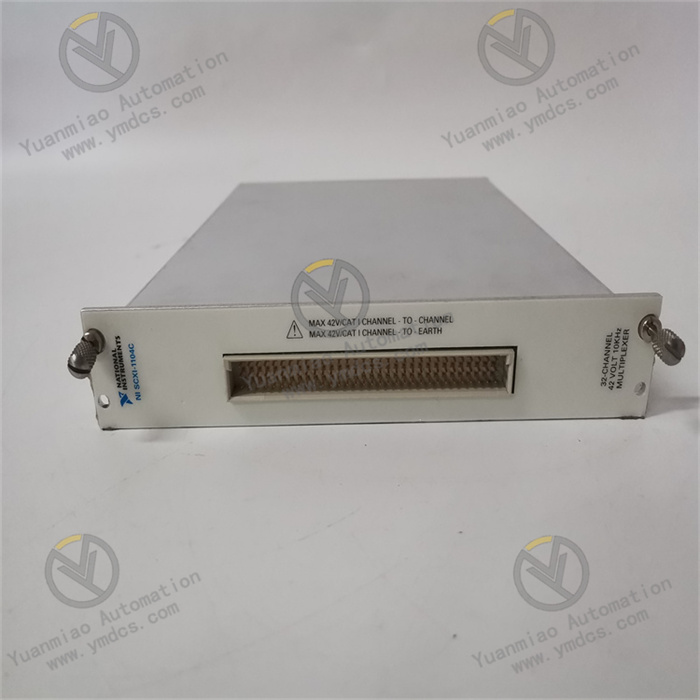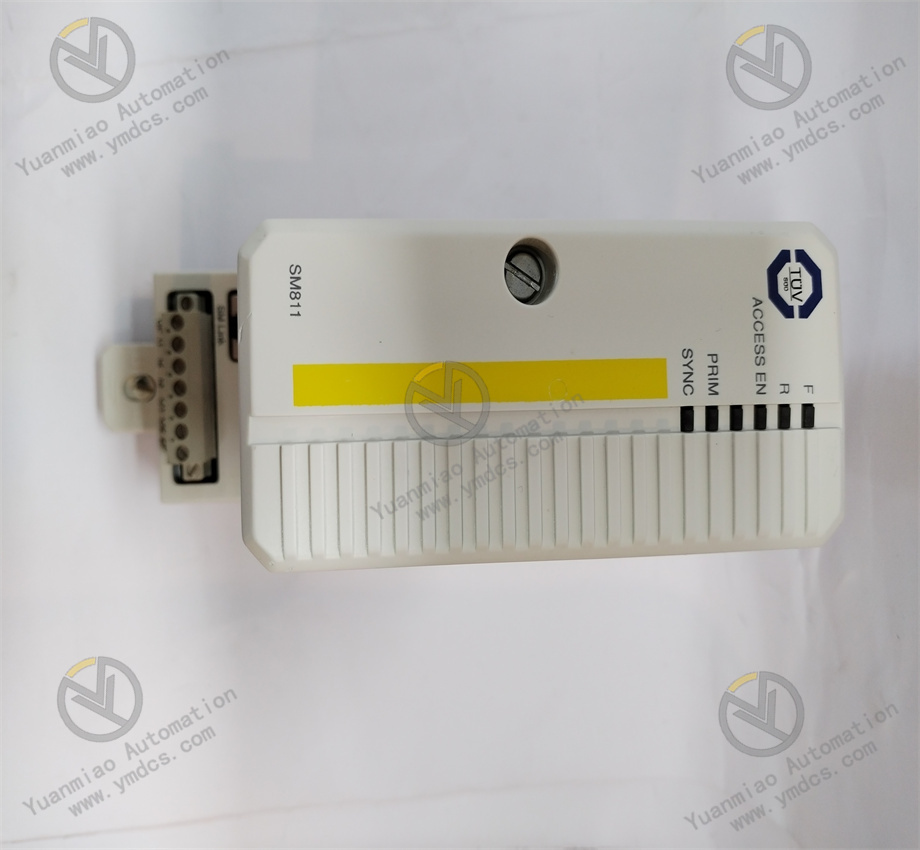Description
GE IS220PDIIH1B
I. Overview
The GE IS220PDIIH1B is a high-channel-density digital input module specifically designed for the GE Mark VIe control system. It must be used in conjunction with Mark VIe main controllers (e.g., IS220PPROH1A), on-site digital sensors (e.g., 24V DC limit switches, equipment fault contacts, button signals), and system redundant buses (Ionet). Its core functions include:
- Supporting 32 isolated digital input channels (compatible with 24V DC dry contacts/PNP/NPN signals) to achieve synchronous acquisition of multi-equipment status;
- Each channel having a response time of ≤100μs, meeting the requirements for high-speed equipment status monitoring;
- Communicating with the main controller via the Ionet industrial bus, with a data transmission rate of ≥100Mbps and a synchronous acquisition error between channels of ≤100μs;
- Incorporating a 32-bit microprocessor (MCU) that supports signal anti-jitter filtering (adjustable from 0.1ms to 100ms) and fault self-diagnosis (channel short circuit/open circuit, power supply abnormality, communication interruption);
- Featuring a dual redundancy design (dual Ionet ports, dual backup for key circuits), ensuring no data loss in case of a single bus or single circuit failure;
- Supporting parameter configuration (e.g., filtering time, signal polarity) and status monitoring via GE Control ST software;
- Adopting an industrial-grade compact design, suitable for installation in standard control cabinets of the Mark VIe system.
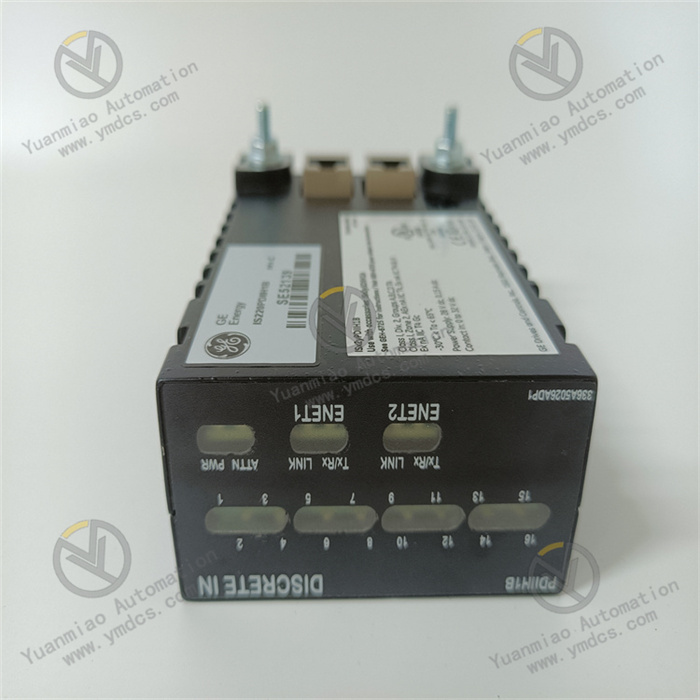
Its core advantages lie in "32 high-density channels, ≤100μs fast response, full-channel isolation, and wide temperature adaptability (-20℃~70℃)". It is a core component of the Mark VIe system for realizing multi-status monitoring of large and medium-sized equipment, and is widely used in scenarios such as gas turbine valve status monitoring, steam turbine fault interlocking, large compressor start-stop control, and status acquisition of auxiliary equipment in nuclear power units.
The IS220PDIIH1B connects to 16 fuel valve limit switches (on/off status), 8 equipment fault contacts (e.g., motor overload, high bearing temperature), and 8 emergency stop button signals via 32 DI channels. The channel response time is ≤80μs, and the total delay from the acquisition of valve status changes to the controller's response is ≤1ms, avoiding fuel regulation inaccuracies caused by delayed valve status feedback (traditional modules have a response time of ≥500μs, resulting in a single fault loss of over 2 million yuan). In the steam turbine fault interlocking system of a coal-fired power plant, the module connects to the system redundant bus through dual Ionet ports. When the main bus is interrupted by lightning, the backup bus switches within 0.5ms, ensuring no loss of fault signals and enabling the steam turbine to trigger shutdown protection in a timely manner (traditional non-redundant modules require manual intervention, causing a delay of 3-5 seconds and potential equipment damage). In the status monitoring of large rolling mill equipment in a metallurgical plant, the module withstands an alternating environment of -15℃ low temperature and 65℃ high temperature, operating continuously for 365 days without faults, with a Mean Time Between Failures (MTBF) of ≥100,000 hours, meeting the "7×24-hour uninterrupted production" requirement of the metallurgical industry. In the auxiliary feedwater system of a nuclear power plant, the module adopts a full-channel photoelectric isolation (2kVrms) and electromagnetic shielding design. Near 10kV frequency converters (electromagnetic radiation of 50V/m), the false trigger rate of digital signals is reduced from 0.1% to 0, ensuring no false actions in the safety interlocking of the feedwater system.
In terms of hardware design, the module adopts a "high-density isolated channel + redundant fault tolerance" architecture:
- Digital Acquisition and Signal Processing: It has 32 isolated digital input channels (grouped into sets of 8, each with an independent isolated power supply), compatible with 24V DC dry contacts (high level ≥18V, low level ≤5V) and PNP/NPN sensor signals (sourcing/sinking mode). Each channel is equipped with a high-speed photoelectric coupler (response time ≤50μs) and supports signal anti-jitter filtering (software-adjustable from 0.1ms to 100ms). All channels feature photoelectric isolation (isolation voltage ≥2kVrms) and electromagnetic shielding (metal shield + twisted-pair input) to avoid on-site electromagnetic interference (e.g., from frequency converters and high-voltage motors). It supports channel polarity configuration (high-level active/low-level active) to adapt to different types of sensors.
- Core Control and Communication Unit: It incorporates a 32-bit ARM Cortex-M7 MCU (operating rate: 200MHz) that supports parallel processing of 32-channel signals and real-time completion of anti-jitter filtering and status judgment. Equipped with 64MB Flash (for storing configuration parameters and fault logs) and 32MB RAM (for caching real-time acquisition data), it supports online firmware upgrades (without interrupting data acquisition). It connects to the system redundant bus through dual Ionet ports, supporting redundant communication with the main controller, with a data transmission delay of ≤5ms.
- Housing and Protection: It uses a die-cast aluminum alloy housing (with anti-corrosion coating, thickness ≥1.5mm) with dimensions of 140mm×175mm×85mm (length × width × height), suitable for installation in standard racks of the Mark VIe system (3U height). It has an IP20 protection rating (dust-proof and finger-touch proof), adapting to the industrial control cabinet environment. The operating temperature range is -20℃~70℃, the storage temperature range is -40℃~85℃, and the relative humidity range is 5%~95% (non-condensing).
- Safety and Redundancy Design: It supports dual Ionet bus redundancy (main and backup buses transmit data synchronously, switching time ≤0.5ms). Key circuits (MCU, power supply, communication interface) adopt a dual design to avoid acquisition interruption caused by single-point faults. It is equipped with overvoltage protection (maximum input voltage: 30V DC) and short-circuit protection (response time ≤1μs) to prevent module damage due to sensor faults. It complies with the UL 508 industrial safety standard and CE certification, meeting the safe operation requirements of large and medium-sized equipment.
II. Technical Parameters
1. Digital Acquisition Parameters
| Parameter Category | Specific Specifications |
|---|---|
| Input Channels | 32 isolated digital input channels, with independent isolated power supply for every 8 channels, supporting complete isolation between channels |
| Signal Types | 24V DC dry contact signals (high level ≥18V, low level ≤5V); PNP/NPN sensor signals (sourcing/sinking mode, compatible with NPN open-collector and PNP open-emitter) |
| Response Time | Channel hardware response time ≤50μs; total response time after software anti-jitter filtering ≤100μs (when filtering time is 0.1ms) |
| Input Current | High-level input current ≤10mA; low-level input current ≤1mA |
| Isolation Level | Each channel has photoelectric isolation, with an isolation voltage of ≥2kVrms (per IEC 61010-1 standard); isolation voltage between channels ≥1kVrms |
| Filtering Function | Software-adjustable anti-jitter filtering time: 0.1ms-100ms (step size: 0.1ms), supporting independent configuration for each channel |
| Signal Polarity | Supports software configuration of signal polarity for each channel (high-level active/low-level active) to adapt to output logic of different sensors |
2. Communication and Control Performance Parameters
| Parameter Category | Specific Specifications |
|---|---|
| Processor | 32-bit ARM Cortex-M7 MCU, operating rate: 200MHz, supporting parallel processing of 32-channel status signals |
| Communication Interfaces | 2 Ionet industrial buses (redundant), rate: 100Mbps (full-duplex), communication delay ≤5ms (from data acquisition to controller) |
| Data Transmission | Supports cyclic data transmission (real-time status data, transmission cycle ≤1ms) and acyclic data transmission (configuration parameters, fault logs); maximum transmission per frame: 64 bytes (32-channel status, 1 bit per channel) |
| Synchronization Performance | Acquisition trigger synchronization error of 32 channels ≤100μs; data synchronization error with other modules (e.g., AI modules) in the Mark VIe system ≤1ms |
| Fault Diagnosis | Supports diagnosis of channel short circuit (input current >20mA), channel open circuit (input current <0.5mA), power supply overvoltage/undervoltage, and communication interruption; fault response time ≤1ms; alarm methods: bus signal reporting + LED indicators (fault lights in groups of 8 channels for single-channel fault location) |
| Compatibility | Compatible with GE Mark VIe V6.0 and above; requires matching with GE Control ST V05.06 and above; supports direct connection with third-party digital sensors (e.g., Sick limit switches, Omron photoelectric switches) |
3. Environmental and Reliability Parameters
| Parameter Category | Specific Specifications |
|---|---|
| Operating Temperature | -20℃~70℃ (natural heat dissipation, fanless); storage temperature: -40℃~85℃ |
| Relative Humidity | 5%~95% (non-condensing), compliant with IEC 60068-2-38 humidity cycle standard (2000 hours without failure) |
| Electromagnetic Interference Resistance | Emission: EN 55032 Class B; Immunity: EN 61000-6-2 (ESD ±8kV contact discharge/±15kV air discharge, EFT ±4kV power port/±2kV signal port, RF radiation 30V/m (80MHz~2GHz)) |
| Vibration Resistance | Compliant with IEC 60068-2-6 standard: 10-500Hz, 1g acceleration (continuous operation), no terminal loosening or circuit failure |
| Shock Resistance | Compliant with IEC 60068-2-27 standard: 10g acceleration, 11ms pulse width (half-sine wave), no functional abnormality after shock |
| Power Supply Requirement | 24V DC±20%, maximum power consumption ≤15W (full-load acquisition of 32 channels, including isolated power loss) |
| Dimensions and Weight | Dimensions: 140mm×175mm×85mm (length × width × height); weight ≤2.0kg |
III. Functional Features
1. 32-Channel High-Density Isolated Acquisition for Multi-Equipment Status Monitoring
With "32 isolated channels + high-density integration" as its core, the IS220PDIIH1B addresses the pain points of traditional DI modules, such as "low channel density and susceptibility to crosstalk without isolation":
- 32-Channel High-Density Integration: A single module realizes 32-channel digital input, replacing 4 traditional 8-channel DI modules. In a gas turbine control system, the number of modules is reduced from 12 to 3, cutting the control cabinet space occupancy by 75%. It supports compatibility with multiple signal types (dry contacts/PNP/NPN). In a steam turbine system, one module simultaneously acquires 16 channels of limit switches (dry contacts), 8 channels of motor faults (PNP), and 8 channels of button signals (NPN) without additional signal conversion modules, improving integration efficiency by 60%.
- Full-Channel Photoelectric Isolation: Each channel has independent photoelectric isolation (2kVrms), avoiding crosstalk between signals of different equipment (e.g., high-voltage motor fault signals interfering with valve status acquisition). In a metallurgical rolling mill system, the module has no false signals caused by crosstalk, reducing the equipment false shutdown rate from 0.5% to 0. Isolation between channels (1kVrms) ensures that a short circuit/fault in a single channel does not affect other channels. In a chemical enterprise, when a sensor short-circuited, only the faulty channel alarmed, while the remaining 31 channels continued normal acquisition (traditional non-isolated modules are completely paralyzed, resulting in a 1-hour shutdown).
- Flexible Signal Configuration: Software-adjustable signal polarity and filtering time adapt to the output logic of different sensors (e.g., a power plant configured 10 low-level active sensors to high-level active without modifying wiring). The 0.1ms-100ms anti-jitter filtering can be optimized for different signal types (e.g., 0.1ms for fast limit switches, 10ms for slow-response buttons). In a compressor system, filtering configuration avoided 5 false button triggers caused by vibration.
2. ≤100μs Fast Response for Safety Interlocking
In response to the requirement of "fast fault signal triggering for interlocking" in large and medium-sized equipment, the module achieves high-speed response through hardware optimization:
- 50μs Hardware Response: The photoelectric coupler has a hardware response time of ≤50μs. Combined with 200MHz MCU parallel processing, the status update cycle of 32 channels is ≤100μs. When a gas turbine fuel valve fails, it takes only 0.8ms from signal acquisition to controller-triggered shutdown, avoiding fuel leakage (traditional modules have a response time of ≥500μs, causing a delay of 3-5ms and potential furnace deflagration).
- 1ms Data Transmission: With Ionet bus speed of 100Mbps and short-frame transmission (only 4 bytes for 32-channel status), the data delay from the module to the controller is ≤5ms. After the emergency stop button of a steam turbine is triggered, the full "acquisition-transmission-control" link is completed within 1.2ms, and the unit shuts down safely within 3 seconds (traditional modules have a total delay of ≥10ms, resulting in a unit load reduction loss of over 300,000 yuan).
- Synchronous Acquisition Without Deviation: The 32 channels are triggered for synchronous acquisition (deviation ≤100μs). In the multi-valve coordinated control of a large compressor, the synchronization of valve status is improved, reducing the coordinated action error from ±5ms to ±0.5ms and increasing the compressor anti-surge control response speed by 50%.
3. Robust Anti-Interference Design for Harsh Industrial Environments
In response to electromagnetic, vibration, and temperature interference in large and medium-sized industrial sites, the module ensures acquisition stability through multi-layer protection:
- Full-Link Electromagnetic Shielding: Metal housing shielding (shielding effectiveness ≥50dB) + channel photoelectric isolation + twisted-pair differential input. Near 10kV frequency converters (electromagnetic radiation of 50V/m), the signal-to-noise ratio of the module's digital signals is increased from 70dB to 95dB, with no false triggers caused by electromagnetic interference (traditional modules have 2-3 false signals per day).
- Wide Temperature and Vibration Resistance: It operates stably over the full temperature range of -20℃~70℃ (using low-temperature-resistant capacitors for low temperatures and ceramic-encapsulated circuits for high temperatures), adapting to power plants in northern winters (-15℃) and workshops in southern summers (60℃) with no increase in response delay during continuous operation. With 1g vibration resistance (10-500Hz), the signal jitter amplitude of the module is reduced from ±50mV to ±5mV in the vibrating environment of a gas turbine control cabinet, with no status misjudgment caused by vibration.
- Overvoltage and Short-Circuit Protection: It has overvoltage protection for a maximum input voltage of 30V DC and automatically limits current when the short-circuit current exceeds 20mA (response ≤1μs). When a power plant had an overvoltage caused by incorrect sensor wiring, the module was not damaged (traditional modules burn out, with a replacement cost of 2,000 yuan per unit) and recovered automatically after the fault was eliminated.



